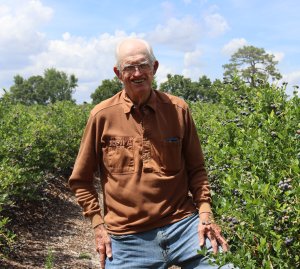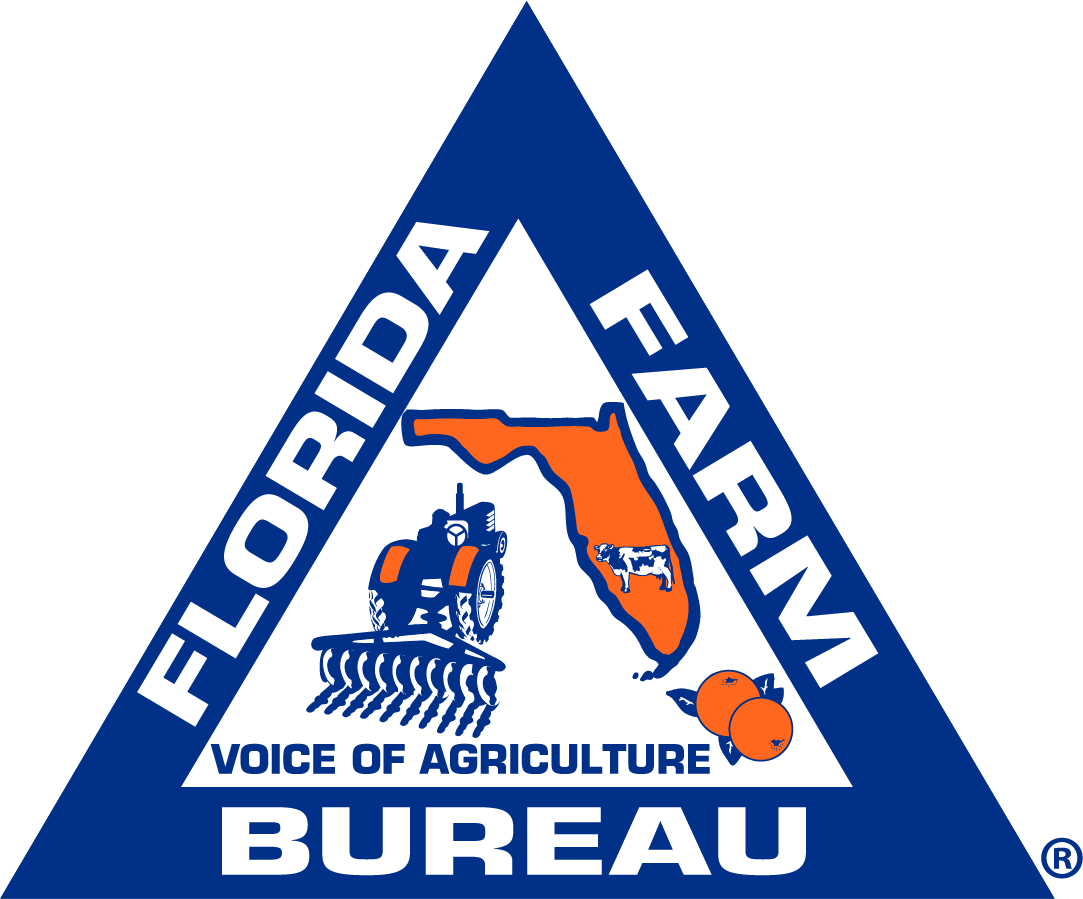May 2022
Rooted in Innovation
Alto Straughn, Alachua County
Straughn Farms
 “I told myself if I ever get myself out of this mess I’m nowhere near going to have anything to do with farming. And I didn’t intend to, really, but life throws you a lot of loops. As it turns out it’s been a great life and I’ve truly enjoyed it.”
“I told myself if I ever get myself out of this mess I’m nowhere near going to have anything to do with farming. And I didn’t intend to, really, but life throws you a lot of loops. As it turns out it’s been a great life and I’ve truly enjoyed it.”
When Alto Straughn was a young boy, he had no aspirations of becoming a farmer. Growing up in a poverty stricken area, most of the community farmed corn, cotton, peanuts and watermelon. Straughn’s parents raised him and his four sisters on a small farm in rural Walton County. The five Straughn siblings graduated high school and three of them went on to graduate college.
For Alto, there was no discussion of college until two months before his high school graduation. Three of his teachers convinced him to pursue higher education, and at first Alto was opposed to the idea due to the lack of money. It was the inspiration of his high school Vo-Ag teacher who led him to pursue higher education.
Alto graduated from the University of Florida with a bachelor of science degree in 1952. During his time at the university, he met a girl, Patrecia, who was also an animal science major.
“In June of ’57 I got a master’s degree and she got a bachelor’s degree, and the next week we got married,” Straughn said.
For a couple of years after college, Straughn worked for Patrecia’s father on his watermelon farm in Alachua County. One of his friends called to tell him about a 4-H and livestock Extension job opening in Marion County. He took the job in 1963 and worked as an Extension agent for three years before the opportunity to pursue his PhD in Extension education at the University of Wisconsin.
“They had a special center, funded by the Kellogg Foundation, for education of Extension administrative supervision in the United States,” he said. “This center provided better leadership in agriculture for this country.”
After returning to Florida, Straughn accepted a position at the University of Florida Institute of Food and Agricultural Sciences (UF/IFAS) as the administrative assistant where he helped run the statewide Extension service for 27 years. After retiring in 1989, he took an interest in farming, specifically blueberries. He spent a lot of time with the staff that ran the blueberry breeding program at UF. He had developed a good relationship with the program’s personnel and used his knowledge to grow some blueberries of his own.
In the early 90s Straughn started with a variety called High Bush. At the time, Rabbit Eye was the recommended variety to grow but takes longer to ripen and is a tougher berry. In the late 90s, Alto expanded his blueberries to cover 65 acres. At the time, almost two-thirds of all blueberries grown in Florida were grown in Alachua County. In 1993, UF/IFAS came to Alto and asked if he would plant their research berries on his farm. Each year, Straughn plants about five acres of berries for the university and keeps desired varieties. Blueberry bushes are kept for roughly ten years before they stop producing berries.
As Straughn Farms became more successful, they encompassed roughly 750 acres in Alachua County and owned half interest in a 300 acre farm in South Georgia. The farm grew from producing a few thousand pounds of blueberries a year to anywhere between 10,000-100,000 pounds a year. There have been a few seasons that over 3 million pounds of berries have been harvested. Thanks to Straughn’s knowledge base and savings, he had a good idea of what to do.
“There are three things you got to do; make a decision on what you want to try, have the money to do it or to hire someone with industry knowledge, and decide if you’re going to take the risk and do it.”
In addition to blueberries, he grew watermelons for many years. In the mid-80s, Tri-X 313, or the seedless watermelon, was introduced and he got the contract to grow seedless watermelons for the state of Florida. He grew watermelons across the state and have recently built relationships with watermelon farmers in North Central Florida.
“I’ve always appreciated the input of other people and I’ve always appreciated the personality of farmers,” he said. “You’ll find an offbeat every now and then, but as a group, farmers are nice, genuine, sharing, helpful people.”
The blueberry business was a new industry and open territory when Straughn first started his venture. He has made mistakes but always learned from them. Throughout the years, he has learned a lot from others and has been a source of knowledge for farmers interested in growing blueberries, specifically High Bush. He has utilized his Extension background in his personal life and will talk to anyone about his experience growing blueberries.
“Resilience? I’ve done pretty good at that,” Straughn said. “It means hanging in there, that’s what it means to me. Both at watermelons and blueberries, I’ve been pretty resilient and successful at both. We never made much money on any one crop in any one year, but there were two or three years we would make a little extra and that would help us accumulate money to get started in blueberries.”
The Straughns turned over the primary operations of Straughn Farms to two of his grandsons in July 2016. Although Straughn still spends time in their blueberry fields, he and his wife enjoy spending time with their grandchildren and great grandchildren.
“It’s hard to reflect on how fortunate I have been with family and grands and being successful. I truly enjoy having a concept, looking at these lands and thinking ‘okay, I can put those blueberries and in three years have them producing’ and then do it. There’s a lot of people that come up with ideas but don’t follow through. It can be a combination of a lot of things like money or knowledge or the get up and go to do it.”

